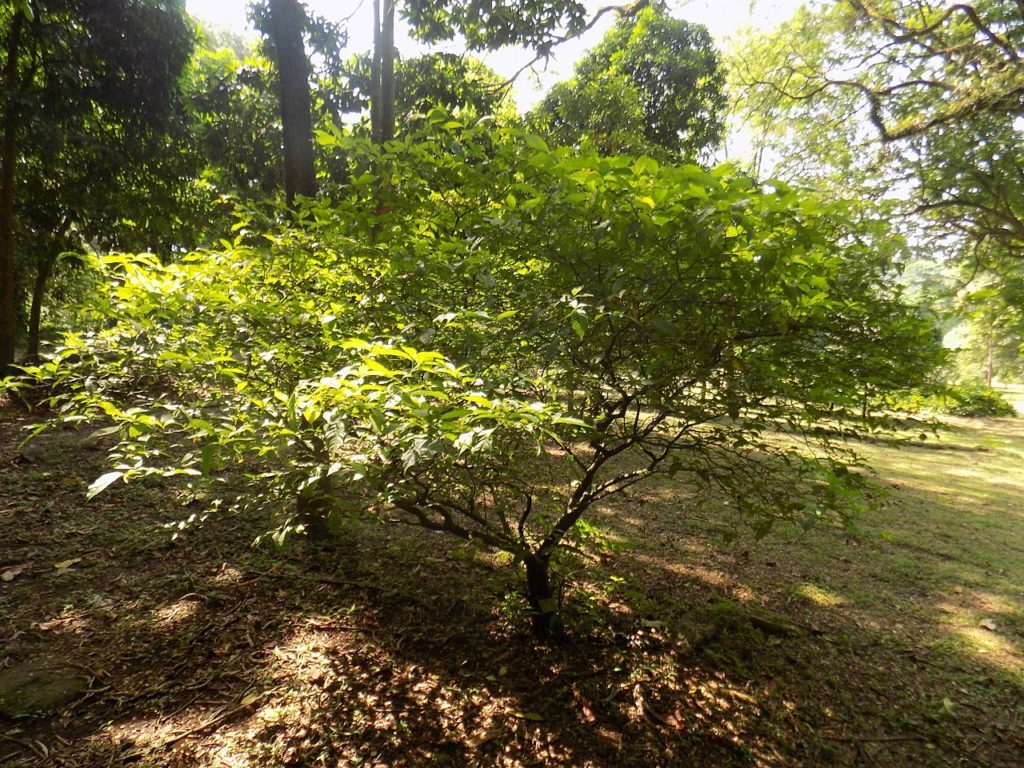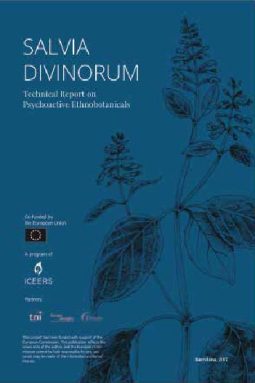What are the subjective effects of ibogaine that can lead to healthier habits? A new study conducted by ICEERS’s research team contributes to a better understanding of the role ibogaine plays in psychotherapeutic and other processes.
Known since the 1960s in scientific circles for its effectiveness in the treatment of substance use disorders, ibogaine is an alkaloid present in the African shrub Tabernanthe iboga. However, practically no rigorous scientific study had been carried out on the effects experienced by users.
In order to fill this gap, the ICEERS scientific team has developed a protocol to assess its subjective effects and contribute to the understanding of ibogaine. These findings contribute to a greater understanding of the role it plays in psychotherapeutic and personal development processes, helping people who have had experiences with ibogaine to successfully reintegrate into their community and to interrupt destructive habits.
The study, entitled “The Ibogaine Experience: A Qualitative Study on the Acute Subjective Effects of Ibogaine,” was published in the journal Anthropology of Consciousness, that has been published since 1990 by the American Anthropological Association.
The bark of the iboga root has been used sacramentally for centuries in the Bwiti religion as a tool for spiritual and social union. In the West, it is mostly known for its anti-addictive qualities and has been used for the treatment of problematic substance use.
The effects of ibogaine, which are more durable than those provided by classic psychedelics such as psilocybin or LSD, go through four stages, which are also identified with those detected in the rituals of the Bwiti culture. This study found that the experiences among study subjects corresponded greatly to the traditional role of iboga in Bwiti. According to the Bwiti, iboga is a plant teacher transmitting knowledge on the origin of the world or humankind, connecting the initiates with the spirit (ancestor) world with the help of music, and teaching about unity, altruism, and the importance of the collective dimension.
Ibogaine’s subjective effects
Among the acute subjective effects of ibogaine, the researchers identified eight categories (physical, sensory, visual, cognitive, auditory, adverse, anti-dependence, and after-effects). Ten subcategories were also established: open-eye visuals; closed-eye visuals: ancestors and entities, scenarios and landscapes, horrific scenarios; enhanced self-psychoanalysis; empathy, love and prosocial behaviour; catharsis; quality of observation; ego dissolution; and spiritual states.
According to study authors: “While the acute effects terminated within maximum 96 hours after ingestion, the experience continued to have an impact on the subject for weeks or even months after the actual intake.”
Physical effects
Physical effects included tactile sensations, alterations in weight perception and body temperature, dizziness, vomiting and loss of orientation, as well as appetite suppression.
“I couldn’t walk, if you moved the head it would start spinning… you have to stay still, if you move you get nauseated. Walking to the toilet impossible almost, so you’re lying down for a long time.”
Visual effects
With their eyes open, participants experienced visual alterations, color intensification, and geometric patterns. On the other hand, with their eyes closed, most of them claimed to experience lucid dreams, with very intense and meaningful images. Some users report interacting with ancestors or other entities, and it was found that it is common to feel the presence of divinities, archetypes and mythological characters, whom the participants could ask for questions.
“I was asking questions about my relationship to my body, liking my body, being in my body, having my body be a place of appreciation and joy, not painful and health, etc. I found myself in front of my childhood home and I went inside and I’ve remembered everything.”
Cosmic landscapes or intercontinental journeys showed participants the profound teachings of an interconnected universe, with futuristic scenarios, but also apocalyptic scenes plagued by loneliness, destruction and violence, which “could also show very personal contents.”
Auditory effects
Most subjects experienced an increase in auditory sensitivity, as well as distortions, deep connection with music and, in some cases, hallucinations in the form of audible chants that helped them integrate the experience.
“I kept hearing this chanting. For three days it kept repeating itself. It was like a choir of men, maybe three, four or five men singing this really beautiful chant. Very simple. It stopped exactly after three days. As they were singing, I felt that the information was being downloaded to me and that the singing and chanting was helping me process it. So, there was a huge reflective state for three days.”
Sensory effects
The extreme sensitivity to external stimuli and the appearance of tactile or taste alterations, as well as episodes of synaesthesia, constituted the main sensory effects described by the participants.
Cognitive effects
Cognitively, individuals recognized experiencing a prolonged state of wakefulness, with a great increase in creativity and analytical skills, facilitating the connection of apparently unconnected elements. In addition, memories were enhanced, and participants reported reaching states of deep understanding and an increase in conceptual thinking. Similarly, subjects were “very introspective, in a mindful, meditative-like state, with attention focused on the immediate experience.”
One of the most common reasons given by the interviewees for taking ibogaine was treatment for drug abuse, highlighting its ability to suppress craving and withdrawal syndrome, as well as showing the individual how to get out of the vicious circle. For these types of participants, researchers stress the importance of aftercare, a therapy, or some sort of supportive environment among friends and family in order to prevent relapse.
Adverse effects
Of all those who participated, only one required hospitalization, as he suffered episodes of arrhythmia and seizures due to interaction with other drugs. The individual had consumed alcohol along with benzodiazepines to treat heroin withdrawal just one day before the ibogaine treatment.
After-effects
During the days, or even months, following the experience, individuals felt very happy, joyful and aware for several days. Among these effects were mental clarity, fluidity of thought, and a sense of caring for oneself physically, emotionally, and spiritually. In addition, they were motivated to make changes to their relationships, workplaces and lifestyles.
Conclusion
In conclusion, the categories identified in the study may serve in the development of a better understanding of the subjective effects of iboga and ibogaine, in particular its potential in personal growth, prosocial behaviour, psychotherapy, and anti-dependency treatments as well as providing valuable insights to pharmacological and neurobiological studies that can be found in the scientific literature.
Categories:
NEWS
, Iboga and ibogaine
, RESEARCH & INNOVATION
Tags:
ibogaine
, scientific research
, study
, iboga
, Bwiti
, Tabernanthe iboga
, interview


